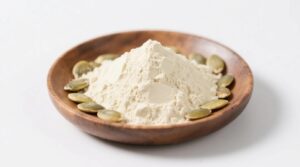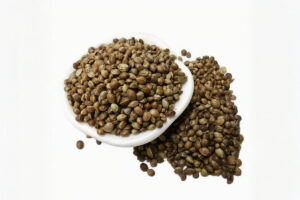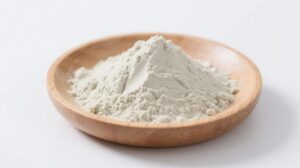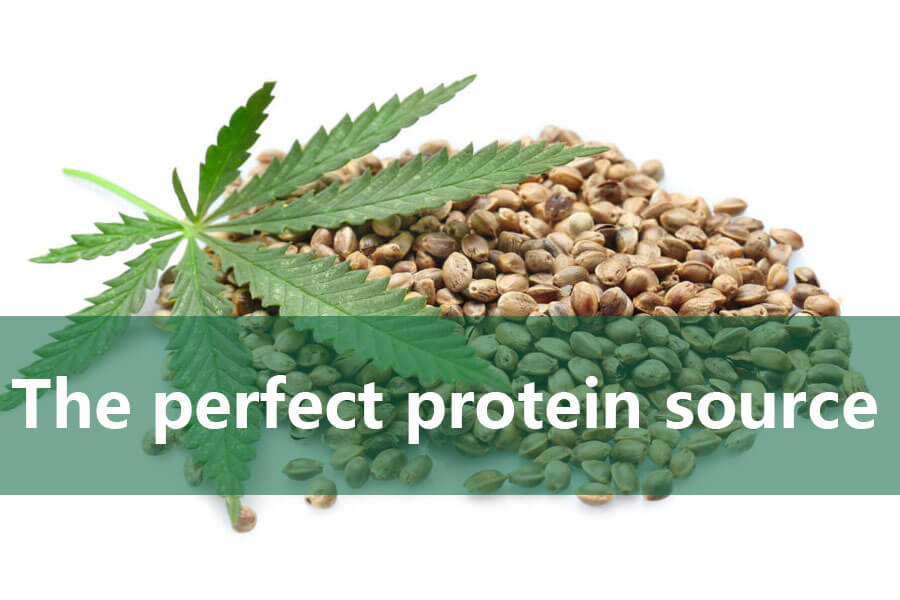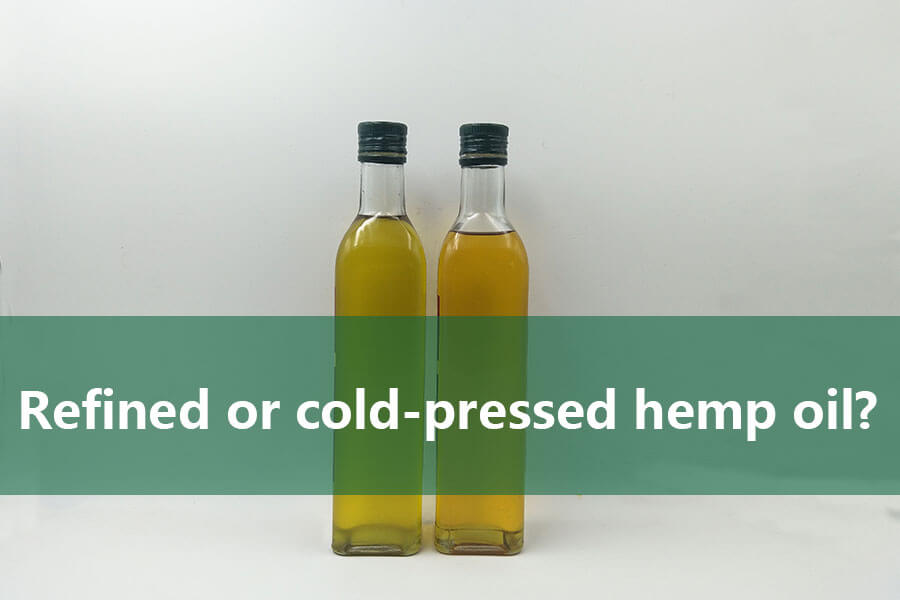Hemp seed protein powder, celebrated for its plant-based nutrition and eco-friendly appeal, has become a staple in vegan pantries and gym bags. But while organic hemp seed protein powder boasts omega fats, fiber, and sustainability, it’s not perfect. Let’s address its limitations head-on, compare it to alternatives, and explore how choosing organic mitigates some concerns.
6 Disadvantages of Hemp Protein (and How Organic Processing Helps)
1. Gritty Texture & Earthy Flavor
- Issue: Hemp’s natural, nutty taste can overpower smoothies; its coarse texture isn’t as smooth as pea or rice protein.
- Organic Fix: Some brands blend with organic cocoa or vanilla to mask bitterness.
2. High Fiber Content
- Issue: 8g fiber per 30g serving may cause bloating or gas in sensitive individuals.
- Organic Fix: Opt for cold-processed, partially de-fatted versions (lower fiber, higher protein).
3. Lower Lysine Content
- Issue: Hemp protein lacks sufficient lysine (an essential amino acid), making it “incomplete” versus whey or soy.
- Solution: Pair with lysine-rich foods (quinoa, legumes) or choose blends with organic pea protein.
4. Allergen Risk (Rare)
- Issue: Those allergic to cannabis, hemp pollen, or seeds may react (itching, nausea).
- Precaution: Organic brands often test for cross-contamination; patch-test before consuming.
5. Heavy Metal Contamination Risk
- Issue: Hemp plants absorb soil toxins; non-organic powders may contain lead or cadmium.
- Organic Assurance: Certified organic hemp is grown in tested soil, ensuring heavy metal limits are met.
6. Cost
- Issue: 20–30% pricier than pea or rice protein due to small-scale organic farming.
- Justification: Higher omega-3 and sustainability value justify the cost for eco-conscious buyers.
Organic Hemp Protein vs. Other Plant Proteins
| Protein Type | Key Disadvantage | Hemp’s Edge |
|---|---|---|
| Hemp | Gritty texture, lower lysine | Rich in omega-3s, eco-friendly |
| Pea | Earthy aftertaste, bloat | Higher lysine, smoother |
| Soy | Estrogenic concerns, GMO risk | Non-GMO, hypoallergenic |
| Rice | Arsenic risk, incomplete | Balanced amino acids, no heavy metals |
How to Use Hemp Protein Wisely
- Blend, Don’t Shake: Mix into smoothies, oatmeal, or baked goods to mask texture.
- Start Slow: Begin with ½ scoop daily to gauge fiber tolerance.
- Amino Boost: Combine with chia seeds or pumpkin protein for a complete profile.
- Choose Organic: Prioritize brands with third-party heavy metal testing.
Why “Organic” Matters for Hemp Protein
Non-organic hemp is often grown in contaminated soils and processed with hexane. Certified organic ensures:
✅ No pesticides, solvents, or GMOs
✅ Low-temperature milling (preserves nutrients)
✅ Regenerative farming (carbon-negative production)
Who Should Avoid Hemp Protein?
- Cannabis Allergy Sufferers: Risk of cross-reactivity.
- Low-FODMAP Dieters: High fiber may trigger IBS symptoms.
- Athletes Needing Rapid Absorption: Hemp digests slower than whey or soy isolate.
FAQs
Q: Can I build muscle with hemp protein?
A: Yes, but pair with lysine sources or opt for blended proteins.
Q: Does hemp protein contain THC?
A: No—industrial hemp has <0.3% THC (safe and non-psychoactive).
Q: Best organic hemp protein brands?
A: Look for USDA Organic, NSF, or Informed Sport certifications.
Q: How to reduce grittiness?
A: Soak overnight or blend with frozen fruit and nut butter.
The Verdict
While organic hemp seed protein powder has drawbacks—texture, fiber content, and amino gaps—its eco-credentials, omega-rich profile, and organic purity make it a standout choice for planet-conscious consumers. By understanding its limits and using it strategically, you can harness its benefits without compromise.
Embrace Imperfect Perfection
Organic hemp protein isn’t flawless, but its strengths—sustainability, nutrition, and ethical sourcing—shine brighter than its flaws. For those prioritizing Earth-friendly fuel, it’s a small trade-off for a big impact.
Nourish your body. Respect the planet. Balance wisely.
Related Products
Organic Pumpkin Seed Protein Powder
Organic pumpkin seed protein powder offers ≥60% protein with unique sleep support, prostate health, and…
Organic Hemp Seeds
Organic hemp seeds offer complete nutrition with optimal protein, fatty acids, and fiber content. Versatile…
Organic Hemp Seed Protein Powder
Organic Hemp Seed Protein Powder is a clean-label, plant-based protein made from cold-pressed hemp hearts.…

